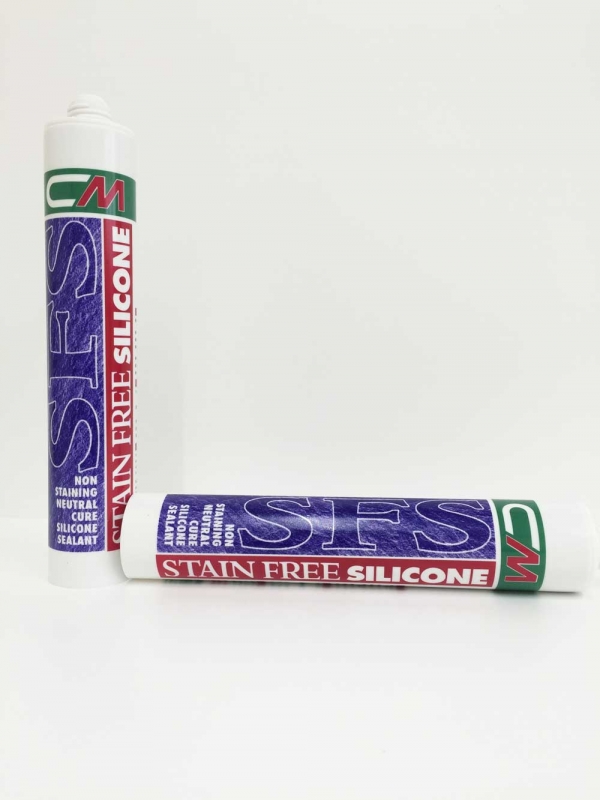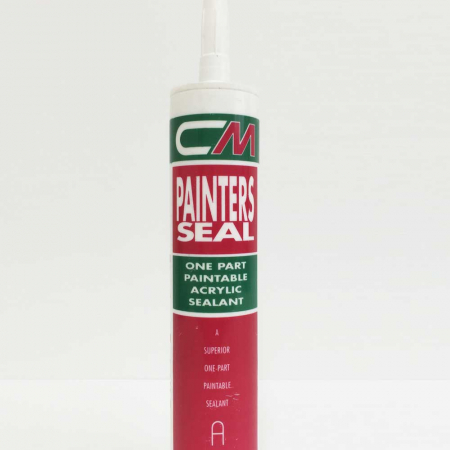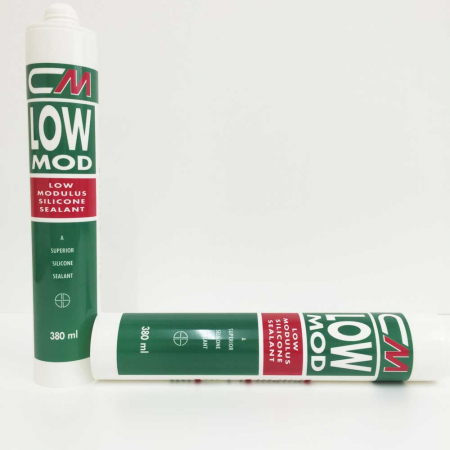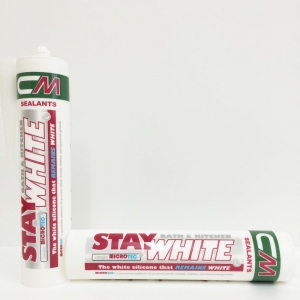Description
CM SFS is a one component, neutral, moisture cured silicone sealant for building and glazing joints. It cures at room temperature to produce a flexible low modulus elastomeric seal. CM SFS will adhere without primer to most common building substrates. Once cured it has a movement capability of -/+50% over a wide range of temperatures.
CMSFS meets or exceeds the requirements of the following standards: DIN 18540 (Class F), BS 5889 (1989) Type A, DIN 18545 (T2, Class E), TTS 001543A (Class A), UBATC (Class 6) TTS 0230C (Class A), SNJF Elastomere 1re cat ASTM C920 (s25) (Glass, aluminium, concrete), ANJF DTU39 (glass, aluminium), Conforms to the requirements of MA 39 (Austria) and NBI (Norway), ISO11600-F&G-25LM – Glass, aluminium, concrete (primer less), CE 14 0432, EN15651-2.
CM SFS has been specifically developed for jointing or bonding in building and glazing applications such as:
- Expansion joints in brickwork, precast panels, and curtain walls
- Perimeter joints around windows or doors
- Glazing joints on aluminium, wood, UPVC…
- Joints on asphalt / bituminous upstands [light colours will discolour]
- Lead or gutter joints
- Bonding mirrors
- Kingspan panels
CM SFS Sealant has a shelf life of 36 months, guaranteed by CM Sealants from its date of manufacture when stored at a temperature between −20°C and +30°C in its original, unopened packaging.






